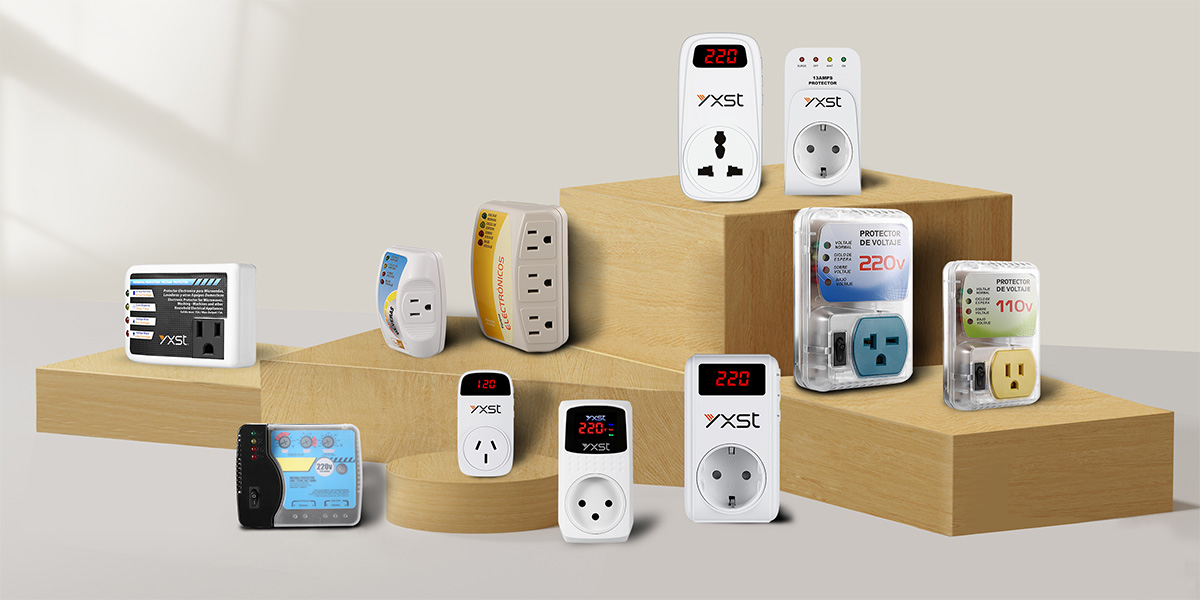The main difference between an automatic voltage regulator (AVR) and a surge protector lies in their primary functions and how they protect electrical equipment:

Automatic Voltage Regulator (AVR):
An AVR is designed to regulate the voltage supplied to electrical devices, ensuring that they receive a consistent and stable voltage within a specified range.
It is capable of addressing both high and low voltage conditions, providing protection against voltage spikes as well as brownouts or voltage drops.
AVR systems typically use electronic circuitry or electromechanical components to adjust and stabilize the voltage output, helping to prevent damage to connected devices from voltage fluctuations.

Surge Protector (or Surge Suppressor):
A surge protector is primarily focused on protecting electrical devices from voltage spikes or surges. It diverts excess voltage to the ground, preventing it from reaching and damaging connected equipment.
Surge protectors do not regulate voltage levels or address low voltage conditions; they are specifically designed to safeguard against sudden increases in voltage that can result from events like lightning strikes, power grid switching, or electrical faults.
Voltage regulator vs surge protector Summary
while an automatic voltage regulator focuses on regulating voltage levels to provide consistent power supply and protect against both high and low voltage conditions, a surge protector is specifically geared toward diverting excess voltage during voltage spikes, such as those caused by lightning or power surges.




